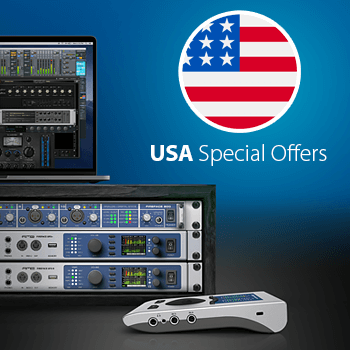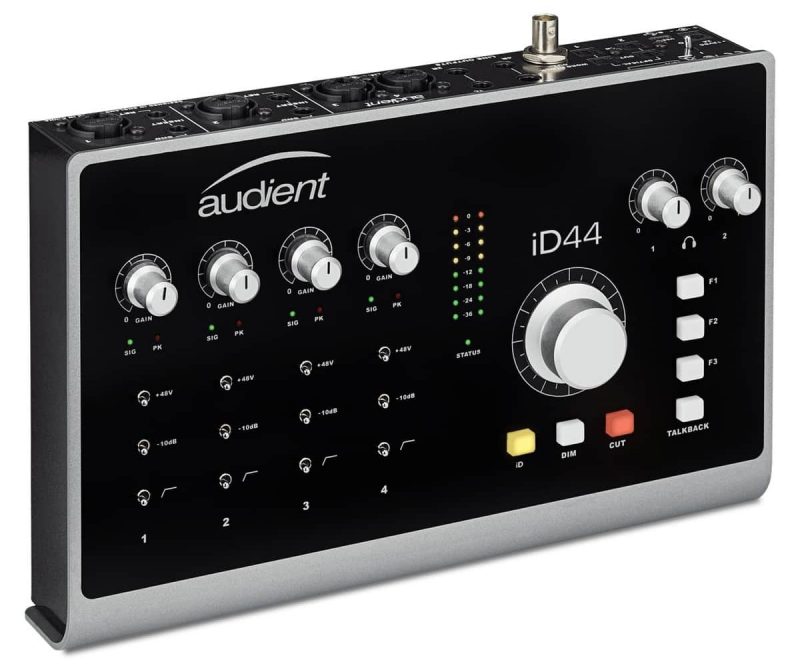
BEST AUDIO INTERFACE AND MIC COMBO PROFESSIONAL
This small device adds professional quality to your voice before mixing. Reduces sibilance and high frequency distortion.Classic dbx compression delivers great sound within easy reach.Studio quality microphone preamp/channel strip processor.DBX 286s →Ī must-have for voice over and podcasts, DBX provides clean gain, excellent limiter, powerful LF and HF options, phantom power, and more. Yet for those who value impeccable quality, tubes are really worth paying for! 1. A low- to mid-range tube preamp is more expensive to buy and operate due to the increased cost of parts. Budget-wise, two solid-state preamps are cheaper to purchase and maintain than their tube rivals.

With a high-end solid-state preamp you can actually record a more accurate track with more tones preserved from the original source. Most people describe this sound as warm and musical. However, their resulting ‘distortion’ may be rather pleasing to the listener. Within their operating range, high-gain tube stages, in fact, produce greater distortion than solid-state devices. Although tubes provide greater harmonic response, solid state and pin & hole technology over surface mount may also work great. However, it’s always crucial to evaluate the gear, since tubes do differ. Great sounding tube gear is a smart pick for its musical quality and sound. There is an abundance of dual channel units under $2K, so just pick your color and design and go for it. However, keep in mind that 2 channel mic preamps will always end up cheaper per channel. Otherwise, you should be fine with a plain 1 channel. If this rings a bell, then go look for a stereo mic preamp. These cases will most likely require a dual channel mic preamp. Recording two vocalists or two instruments in separate streams is another example. For instance, you could record stereo tracks with two mics, or use two mics for two different sources. Now, what’s the deal with 1 and 2 channels? Let’s imagine a few scenarios. Single channel or dual channel? That is the question However, external preamps reveal better sound quality, better gain (around 70 dB), lower noise, special sound patterns, and extra features.

The in-built option is just great to get you started. You may need a preamp as just another sound source it doesn’t have to be external, since most audio interfaces include embedded preamps. An outboard preamp is a standalone device generally it’s less noisy than a stock one. Onboard preamps are built into your audio interface. There are two types of preamps: onboard/stock and outboard.

Basically, a preamp is a device that makes the mic signal louder, or amplifies low level signals to line level – the operating level of your recording gear. The output of a standard microphone is too low to plug it into the recorder directly. Can’t one just neglect a preamplifier and plug a voice over mic, synths, and guitars into an audio interface? What does a preamp do for vocals? When faced with this question, I usually respond: a preamp helps you record a decent vocal recording.


 0 kommentar(er)
0 kommentar(er)
